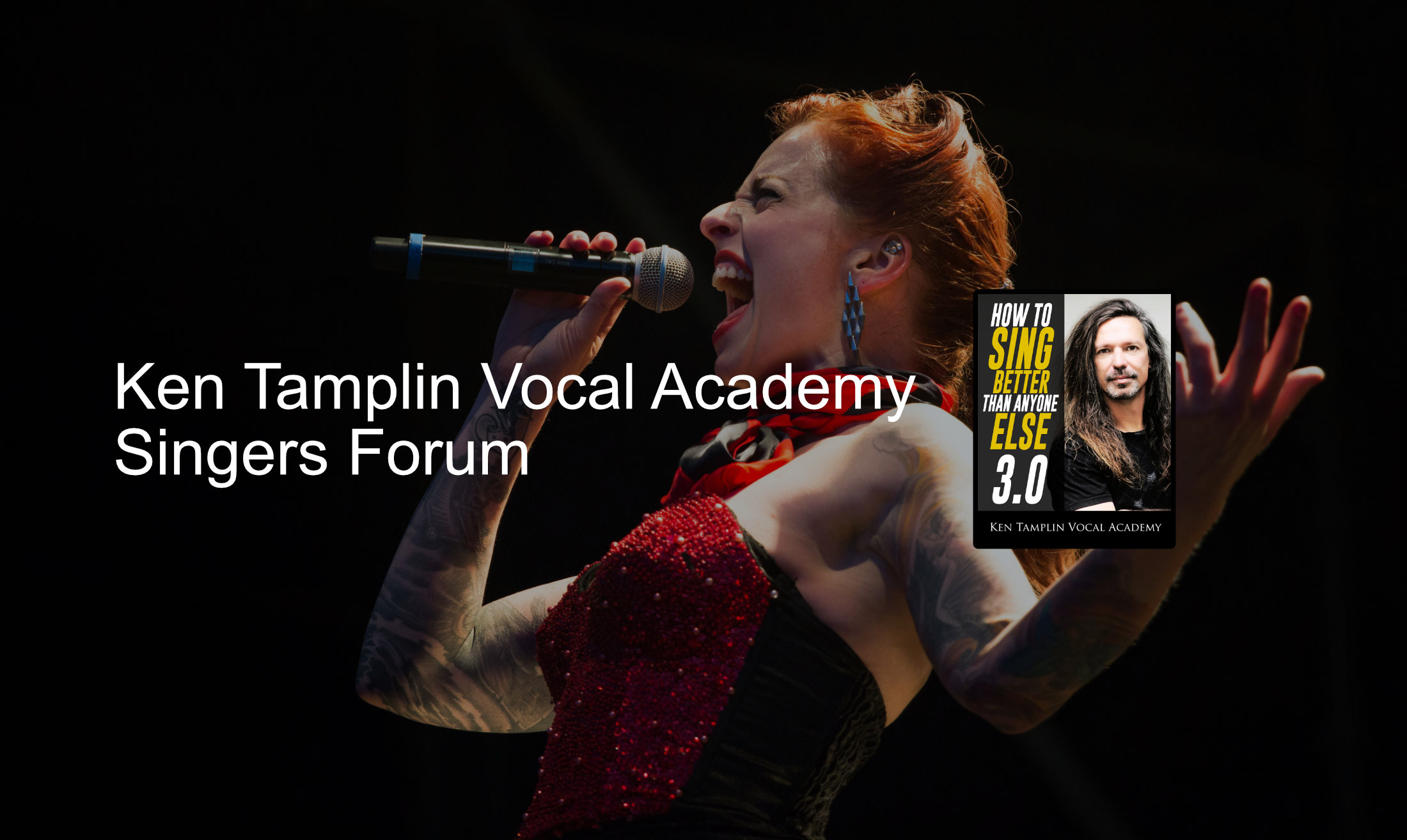New student - TM Joint Question + Understanding AA
Hey folks,
First post, excited to be here and most impressed with my first watch of vol 1. Now thats out my system, here goes...
I have a Temporomandibular joint or TM joint problem on the left side of my jaw. Meaning that the joint gets 'stuck' at some point, usually when I yawn, and after about the half way point of being open (around two fingers in size, heh) I can feel it start to sway out of alignment which surely must have some effect on vocal production.
Workin my way through vol 1 at present so with such an early focus on the LA AA AAA I am needing to know whether there are any pitfalls to learning this without having my mouth open as far as I can. I can get a really bright AA but there's a good chance I may be using prior techniques to achieve this, before now I would have called the technique 'twang', ie. the muscle group that can range from subtle brightness all the way up to witches cackle and overly bright sounds. Been a mimic my whole life so I discovered that trick as a lad, great for silly voices!
So two parts there - Concerns over my health with the TM joint and the programme / Understanding the brightness of AA the Tamplin way vs. this old old idea of 'twang'.
Appreciate the help and hope yer all havin a good week.


Comments